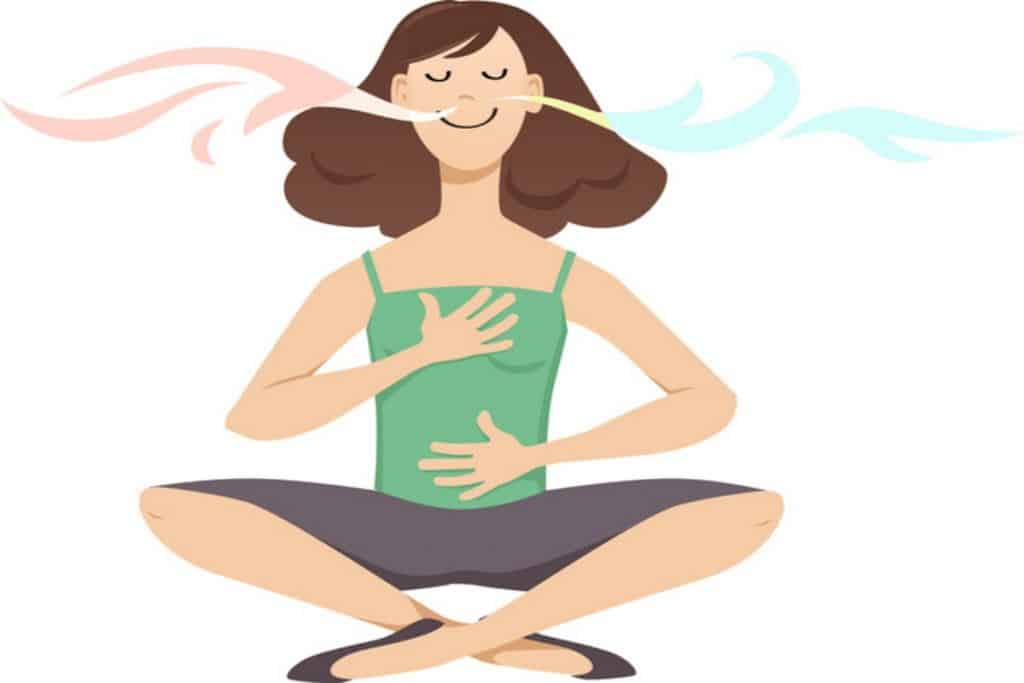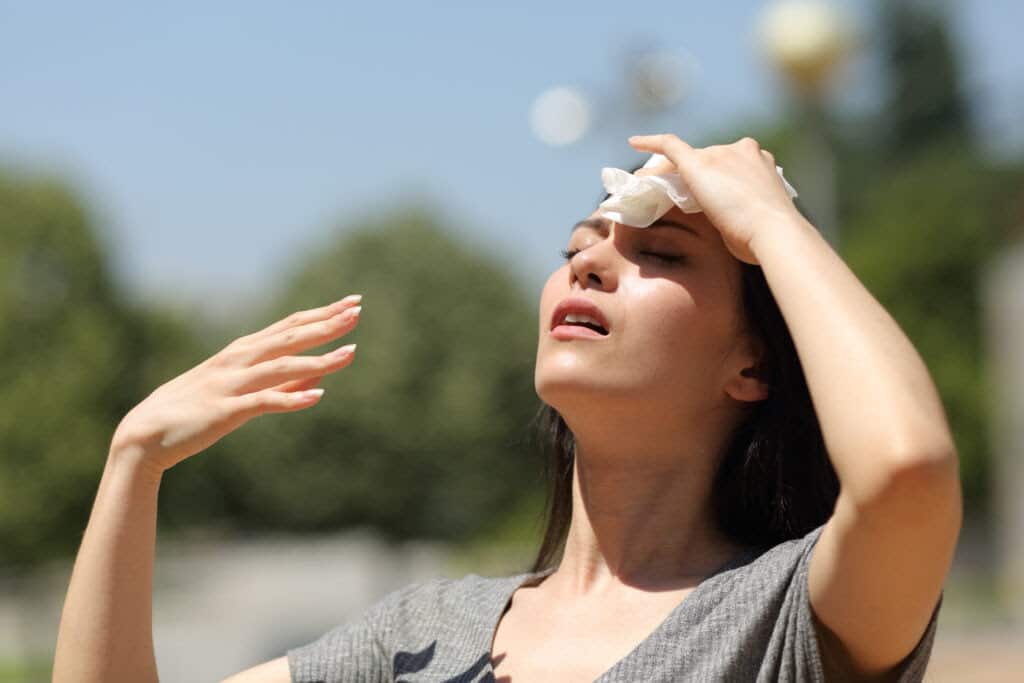Table of Contents
Benefits of Traction Tables and Decompression Machines
Slowing Down with Mindful Breathing: Techniques for Stress Relief
Stay Safe In The Sun: Tips For Beating The Heat
Benefits of Traction Tables and Decompression Machines
At All American Medical, we are committed to providing comprehensive and personalized care to help our patients achieve optimal spinal health. One key chiropractic service we offer at our Covington and Hammond clinics is the use of traction tables and decompression machines, which play a crucial role in alleviating pain and improving mobility.

Here’s how these treatments can benefit you:
Benefits of Traction Tables
- Spinal Alignment: Traction tables help to gently stretch and align the spine, promoting proper spinal alignment and posture.
- Pain Relief: Effective in reducing back pain, neck pain, and pain radiating down the arms or legs.
- Improved Mobility: Helps increase flexibility and range of motion in the spine.
- Non-Invasive: Provides a non-surgical approach to treating spinal conditions.
Benefits of Decompression Machines
- Disc Decompression: Decompression machines create negative pressure within spinal discs, promoting the retraction of herniated or bulging discs.
- Nerve Pain Relief: Alleviates pressure on nerves, reducing symptoms such as numbness, tingling, and weakness.
- Effective for Various Conditions: Treats conditions such as herniated discs, degenerative disc disease, and spinal stenosis.
- Non-Surgical Alternative: Offers a non-surgical option for patients who may be considering surgery.
Why Choose All American Medical
- Individualized Care Plans: We tailor treatment plans to meet the specific needs and goals of each patient.
- Comprehensive Approach: Combining traction tables and decompression machines with chiropractic adjustments, physical therapy, and other modalities for optimal results.
- Expert Team: Our experienced healthcare professionals are dedicated to providing exceptional care and support.
Whether you’re suffering from chronic back pain, recovering from an injury, or seeking preventive care, traction tables and decompression machines can play a vital role in your treatment plan. At All American Medical, we are here to help you achieve an active and pain-free lifestyle.
Contact us today to schedule a consultation and learn more about how traction tables and decompression machines can benefit you.
Slowing Down with Mindful Breathing: Techniques for Stress Relief
In our fast-paced world, taking time to slow down and be mindful of your breathing can have profound benefits for your mental and physical well-being. While we offer many treatments and procedures, including massage (Covington only) and chiropractic services that will help you beat stress and increase your overall wellness, it can be extremely helpful to incorporate wellness practices into your daily life.

Here’s how breath work and mindful breathing can help, along with some basic introductory exercises:
Benefits of Breath Work and Mindful Breathing
- Stress Relief: Helps calm the mind and reduce feelings of anxiety and stress.
- Improved Focus and Clarity: Enhances concentration and mental clarity.
- Better Sleep: Promotes relaxation and can improve sleep quality.
- Emotional Regulation: Helps manage emotions and promotes a sense of calm.
- Physical Relaxation: Relaxes muscles and decreases tension in the body.
How Breath Work Downregulates the Central Nervous System
- Activates the Parasympathetic Nervous System: Slow, deep breathing stimulates the parasympathetic nervous system, which promotes relaxation and counters the “Fight or Flight” response.
- Reduces Cortisol Levels: Helps lower cortisol, the stress hormone, in the body.
- Enhances Heart Rate Variability: Improves heart rate variability, a marker of resilience and adaptability to stress.
Introductory Breathing Exercises
1. Deep Belly Breathing (Diaphragmatic Breathing)
- Sit or lie down in a comfortable position.
- Place one hand on your chest and the other on your abdomen.
- Inhale deeply through your nose, feeling your abdomen rise as you fill your lungs with air.
- Exhale slowly through your mouth or nose, feeling your abdomen fall.
- Repeat for several breaths, focusing on the sensation of your breath.
2. Box Breathing (Square Breathing)
- Inhale deeply for a count of 4.
- Hold your breath for a count of 4.
- Exhale slowly for a count of 4.
- Hold your breath for a count of 4.
- Repeat the cycle for several rounds.
Transition into Meditation
- Focused Attention: Mindful breathing serves as a focal point to anchor your attention during meditation.
- Calming the Mind: By concentrating on the breath, you can quiet the mind and prepare it for deeper meditation practices.
Incorporating Mindful Breathing into Daily Life
- Morning Routine: Start your day with a few minutes of mindful breathing to set a positive tone.
- During Stressful Situations: Take a mindful breathing break to calm your nerves and regain focus.
- Before Bed: Wind down with deep breathing to relax your body and mind for sleep.
These Techniques Deliver Lasting Benefits When Done Consistently
Mindful breathing and breath work are simple yet powerful techniques to reduce stress, enhance relaxation, and improve overall well-being. By practicing these techniques regularly, you can downregulate your central nervous system, mitigate the “Fight or Flight” response, and pave the way for deeper meditation practices. Take a few moments each day to focus on your breath and notice the positive impact it has on your mental and physical health.
For more guidance on breath work and mindfulness, contact All American Medical. Our experts can help you incorporate these practices into your wellness routine.
Stay Safe In The Sun: Tips For Beating The Heat
As we enjoy the summer sunshine, it’s crucial to stay safe and protect ourselves from the heat. Here are some tips to help you manage and beat the heat, along with warning signs of heat stroke and heat exhaustion:

Warning Signs of Heat Stroke and Heat Exhaustion
Recognizing the signs of heat-related illnesses is essential for preventing serious health complications. Here are the warning signs of heat stroke and heat exhaustion:
Heat Stroke
- High body temperature (above 103°F/39.4°C)
- Hot, red, dry or damp skin
- Rapid pulse
- Headache
- Dizziness
- Nausea or vomiting
- Confusion or unconsciousness
Heat Exhaustion
- Heavy sweating
- Cold, pale, clammy skin
- Fast, weak pulse
- Muscle cramps
- Dizziness
- Headache
- Nausea or vomiting
- Fainting
If you or someone else shows signs of heat stroke or heat exhaustion, it’s essential to cool down immediately and seek medical attention if necessary.
Tips for Managing and Beating the Heat
- Stay Hydrated: Drink plenty of water throughout the day, even if you don’t feel thirsty. Avoid sugary, alcoholic, and caffeinated drinks, as they can lead to dehydration.
- Wear Sunscreen: Apply sunscreen with a high SPF (30 or higher) at least 15 minutes before going outside. Reapply every two hours, or more often if swimming or sweating.
- Dress Appropriately: Wear lightweight, loose-fitting, and light-colored clothing to help keep your body cool.
- Seek Shade: Limit your direct exposure to the sun, especially during peak hours between 10 a.m. and 4 p.m.
- Use Hats and Sunglasses: Protect your face and eyes from the sun by wearing a wide-brimmed hat and sunglasses that block UV rays.
- Cool Down Indoors: Spend time in air-conditioned buildings or use fans to circulate air and cool down.
- Plan Outdoor Activities Carefully: If you need to be outside, schedule activities in the early morning or late afternoon when temperatures are lower.
- Take Cool Showers or Baths: This can help lower your body temperature and provide relief from the heat.
- Know Your Limits: Listen to your body and take breaks in a cool, shaded area if you start to feel overheated.
Stay Cool Out There, Northshore!
By following these tips, you can enjoy the summer while staying safe and protected from the heat. Remember to be vigilant for signs of heat stroke and heat exhaustion, and take immediate action if symptoms occur. With these precautions, you can beat the heat and have a healthy, enjoyable summer.
For more information on staying safe in the sun and managing heat-related illnesses, contact All American Medical. Our team is here to help you stay healthy and informed.
